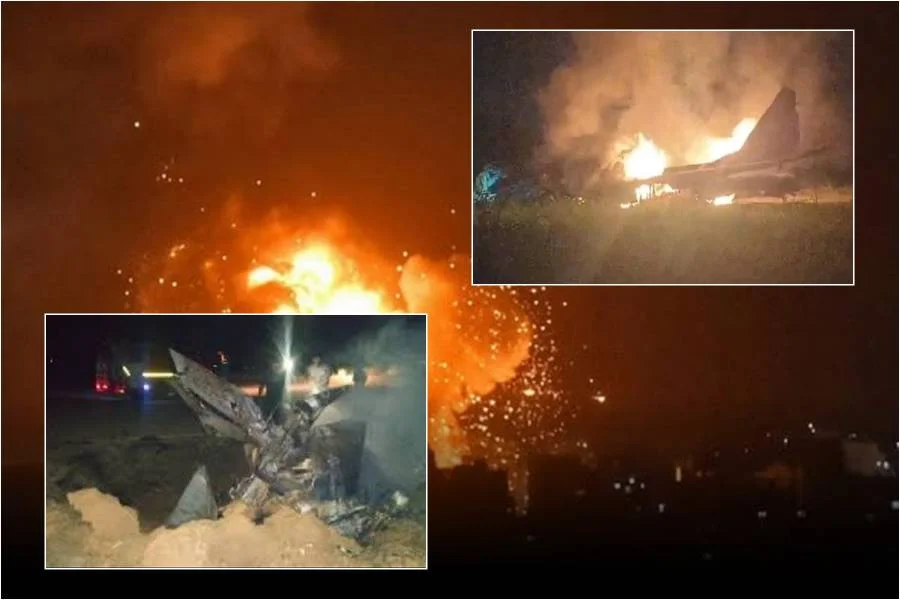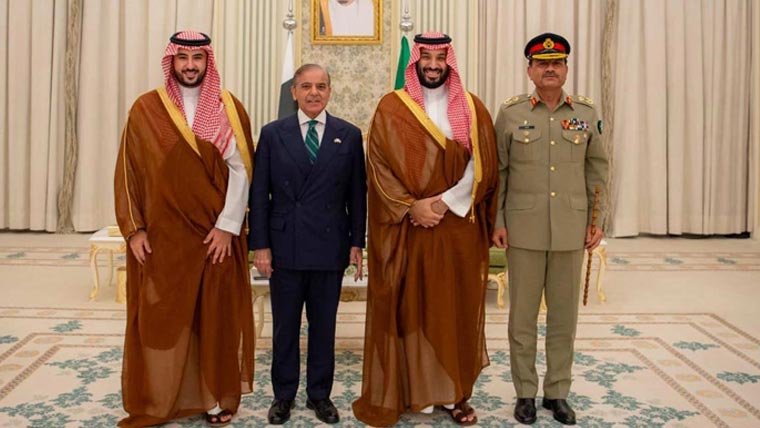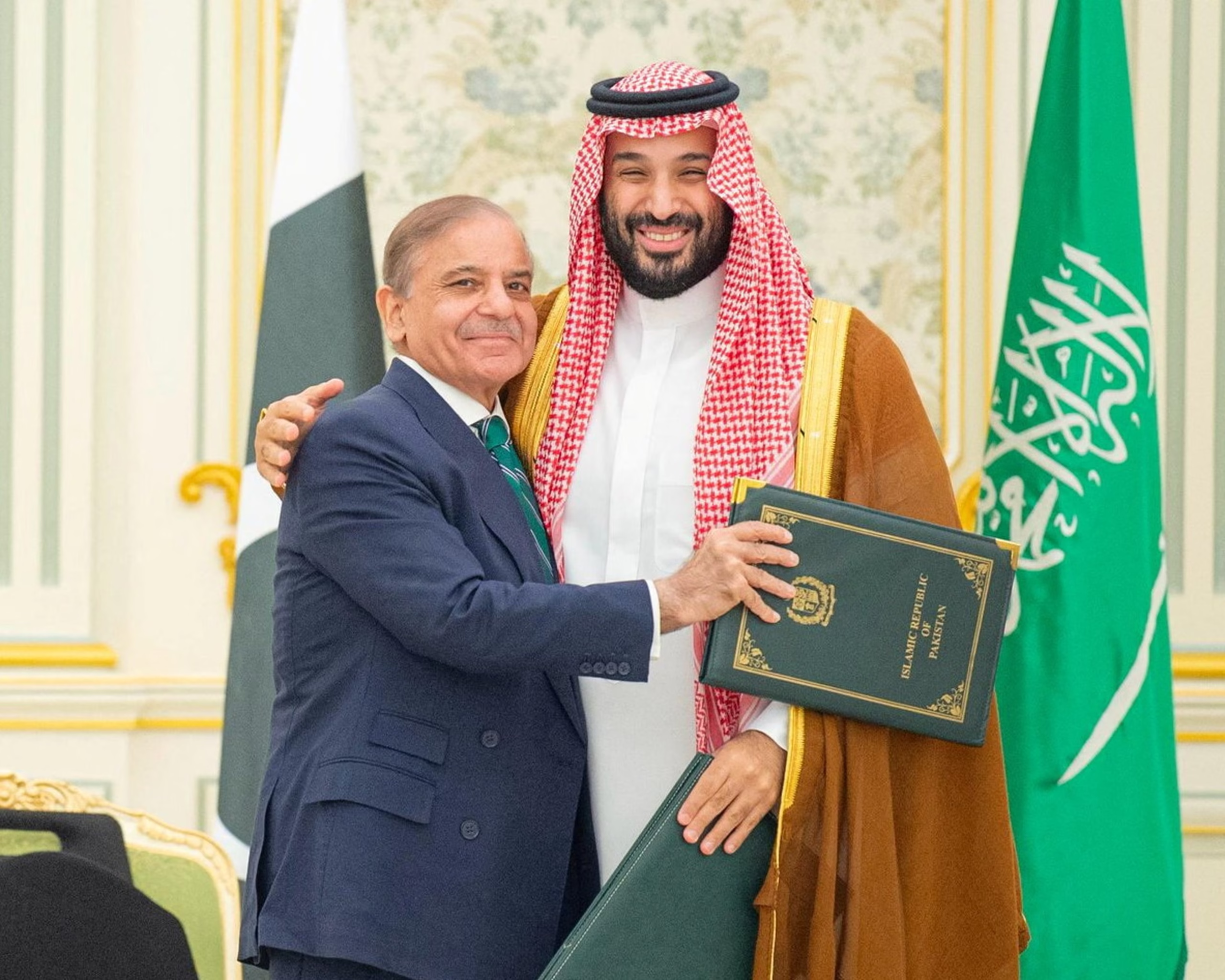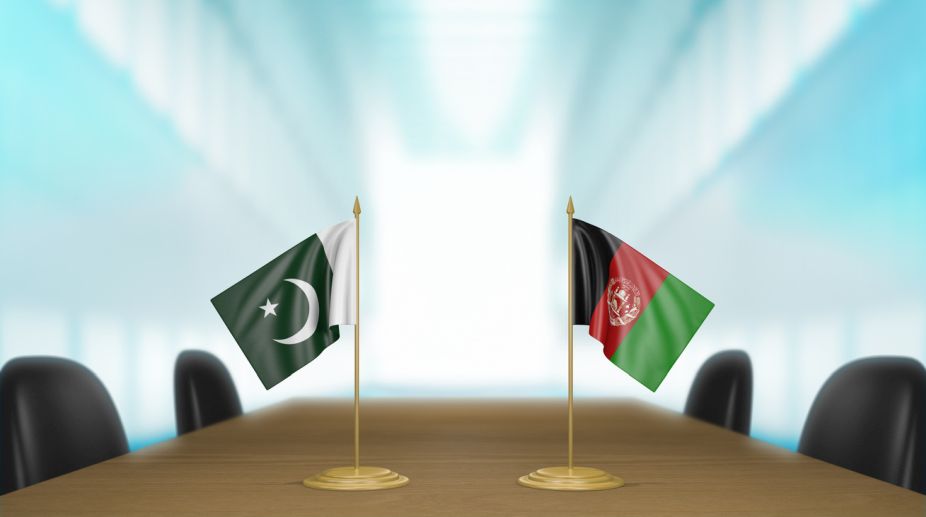Mubashar Nadeem
In the aftermath of a brief but dangerous military clash, Pakistan and India have now taken their conflict off the battlefield and into the international diplomatic arena. What began as a four-day exchange of missiles, drones, and artillery has morphed into a full-blown battle of narratives, with both nations dispatching high-level delegations across the globe to shape international opinion.
Prime Minister Shehbaz Sharif’s recent four-nation diplomatic tour — encompassing Türkiye, Iran, Azerbaijan, and Tajikistan — signals a strategic recalibration of Pakistan’s foreign policy approach. Unlike the usual low-key diplomatic exchanges, this initiative has taken on the shape of crisis diplomacy. At the same time, current and former lawmakers, including ex-foreign minister Bilawal Bhutto-Zardari, are preparing to visit Washington and key European capitals. Their task: counter India’s allegations, present Pakistan’s case, and seek diplomatic support.
On the other side, India has launched its own charm offensive. Led by prominent lawmaker and former UN diplomat Shashi Tharoor, New Delhi’s delegation has already visited the U.S., engaging with officials, think tanks, and the media in an attempt to portray Pakistan as the instigator of the recent violence in Indian-administered Kashmir.
But this contest is not just a matter of public relations. At stake is global perception — and by extension, potential international pressure and diplomatic consequences. In this regard, Pakistan has credible grounds to challenge India’s narrative.
First and foremost, India hastily blamed Pakistan for the deadly attack in Pahalgam that claimed 26 lives, even before any investigation had taken place. Islamabad not only denied involvement but also called for an impartial international probe — a position that underscores its diplomatic maturity. To date, India has failed to provide any evidence of Pakistani complicity in the attack to either Islamabad or international institutions. The premature nature of India’s accusation weakens its moral and legal standing.
Second, India’s military launched Operation Sindoor, an offensive move that led to the escalation. Pakistan’s response — Operation Bunyanum Marsoos — was clearly defensive in nature, designed to deter further aggression. In a region where both nations are nuclear-armed, such provocations by New Delhi expose its recklessness and a disturbing disregard for strategic stability.
Third, India’s threats to unilaterally alter the Indus Waters Treaty — a longstanding bilateral agreement brokered with international involvement — is yet another dangerous move. Weaponizing water as a tool of coercion not only violates treaty obligations but also sets a dangerous precedent that could spark wider regional instability. The global community cannot afford to ignore such escalatory behavior, particularly in a region as volatile as South Asia.
Pakistan’s strategy to counter India’s narrative through personal diplomacy is both timely and necessary. Face-to-face interactions in global capitals can humanize Pakistan’s position, clarify facts, and push back against the dominant storylines being crafted in Indian media and official discourse. Furthermore, these engagements can highlight Pakistan’s calls for peace, dialogue, and conflict resolution — contrasting sharply with India’s belligerent tone.
However, Pakistan’s diplomatic efforts must be backed by a coherent narrative and strategic communication. This means consistently emphasizing that Pakistan acted in self-defense, upholding international norms, and continues to advocate dialogue over confrontation. Delegations must also reiterate that it is India — not Pakistan — that is escalating tensions, from border violations to treaty threats and aggressive diplomatic posturing.
Yet, even as both countries posture and compete for global sympathy, the real danger remains unaddressed: the lack of a structured peace mechanism. The subcontinent cannot continue to lurch from crisis to crisis, each more dangerous than the last. India may resist negotiations in the near term — partly due to domestic political pressures and nationalist rhetoric — but long-term peace is only achievable through sustained engagement, confidence-building, and conflict resolution.
The role of external actors cannot be dismissed either. While New Delhi often resists foreign involvement in its disputes with Islamabad, recent developments — including a ceasefire reportedly mediated by U.S. President Donald Trump — show that third-party diplomacy can play a stabilizing role. If future escalations threaten to spiral out of control, particularly with the looming threat of nuclear confrontation, the global community will not remain a passive observer.
In conclusion, Pakistan’s decision to launch a diplomatic counter-offensive is not just a matter of reputational defense — it’s a vital component of national security. The information war now unfolding in Washington, Brussels, and beyond is just as consequential as the one recently fought in the skies and on the ground. If handled strategically, it could help Pakistan regain narrative control, expose India’s aggression, and reassert Islamabad’s commitment to peace. But the road to genuine peace in South Asia still demands more than just rhetoric. It requires courage, diplomacy, and above all, a willingness from both sides to sit across the table and talk — before it’s too late.



